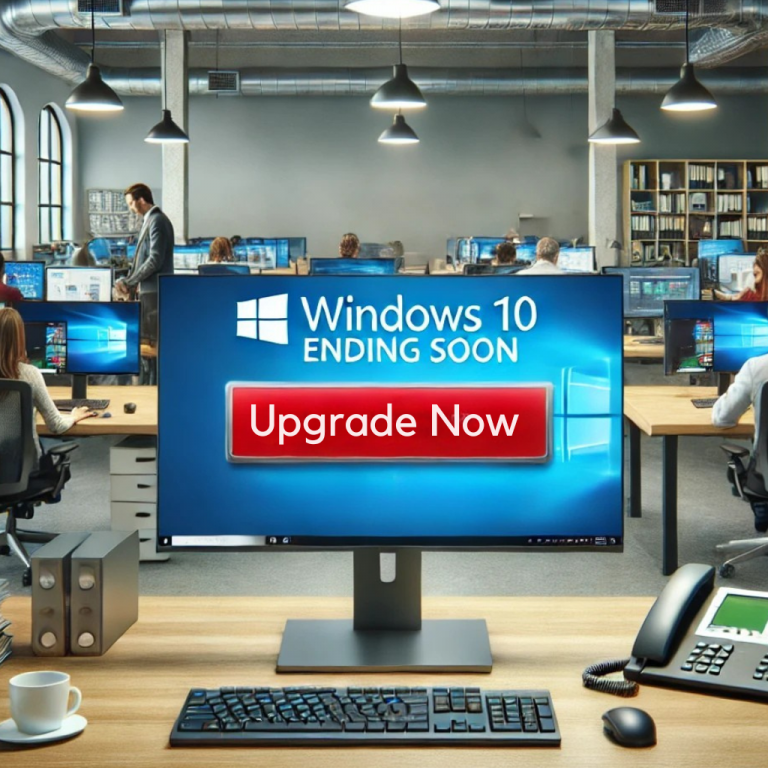Chatbots like ChatGPT, Microsoft Copilot, Google Gemini, and newcomers like DeepSeek are becoming essential tools in our digital lives. Whether you’re drafting emails, planning your schedule, or researching a topic, these AI assistants are always ready to help.
But as these tools become more ingrained in our day-to-day routines, so do concerns about data privacy and security. Behind their friendly interfaces, what exactly are these bots doing with your information? And more importantly—who else might be listening?
Yes, They’re Collecting Your Data Whether subtle or obvious, every chatbot interaction collects something. That might be your location, device info, browsing activity, or even your typing style. So the question isn’t if they’re collecting your data—but how much, and what they’re doing with it.
Here’s How Major Chatbots Handle Your Data:
- ChatGPT (OpenAI): Collects your prompts, device details, IP address, and usage data. Some of this data may be shared with third-party vendors to improve services.
- Microsoft Copilot: Captures everything OpenAI does—and more. It tracks browsing history, app interactions, and may use this data for personalized ads or product improvements.
- Google Gemini: Logs conversations to enhance its services. Data can be retained for up to 3 years and reviewed by humans. Although not used for targeted ads today, policies could change.
- DeepSeek: Arguably the most invasive. It tracks your chat history, device and location data, and even typing patterns. This data helps improve AI models, target ads, and is stored on servers in China.
What Are the Risks?
- Privacy Breaches: Sharing sensitive details—even unintentionally—can result in that information being accessed by developers or third parties.
- Security Threats: Some chatbots, like Microsoft Copilot, have been proven vulnerable to misuse, including for spear-phishing and unauthorized data extraction.
- Compliance Violations: Using platforms that don’t align with laws like GDPR could land your business in legal trouble. Some organizations have even banned ChatGPT to stay compliant.
How You Can Stay Safe You don’t have to ditch your digital assistants—but you should use them smartly. Here’s how:
- Don’t Overshare: Avoid entering confidential or personally identifiable information unless absolutely necessary.
- Check Privacy Settings: Many platforms let you opt out of data collection or minimize sharing. Use these tools.
- Use Enterprise Controls: Platforms like Microsoft Purview give businesses more control over how AI is used, securing sensitive data and ensuring compliance.
- Stay Updated: Privacy policies evolve. Keep an eye on changes so you’re always in control of your data.
The Bottom Line Chatbots are powerful tools, but they come with real data privacy risks. Understanding how your data is collected and used is the first step in protecting yourself and your business.
Want to be sure your organization is secure in this AI-driven landscape? Start with a FREE Network Assessment. We’ll help identify vulnerabilities, assess your current tools, and put the right safeguards in place.
Click here to schedule your FREE Network Assessment today.



